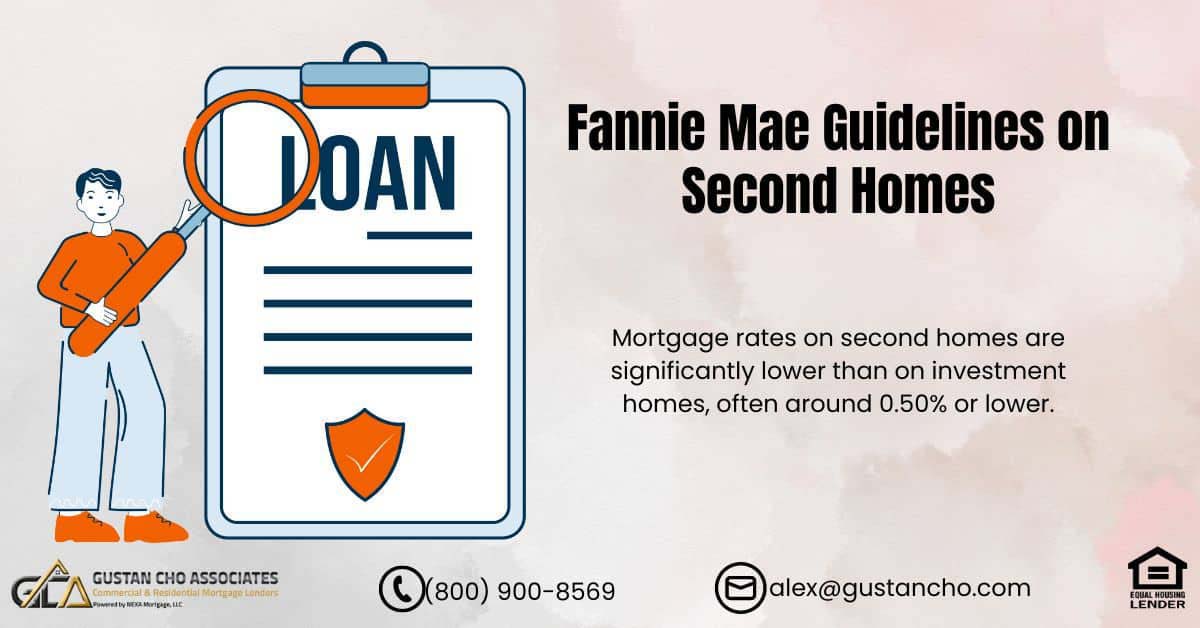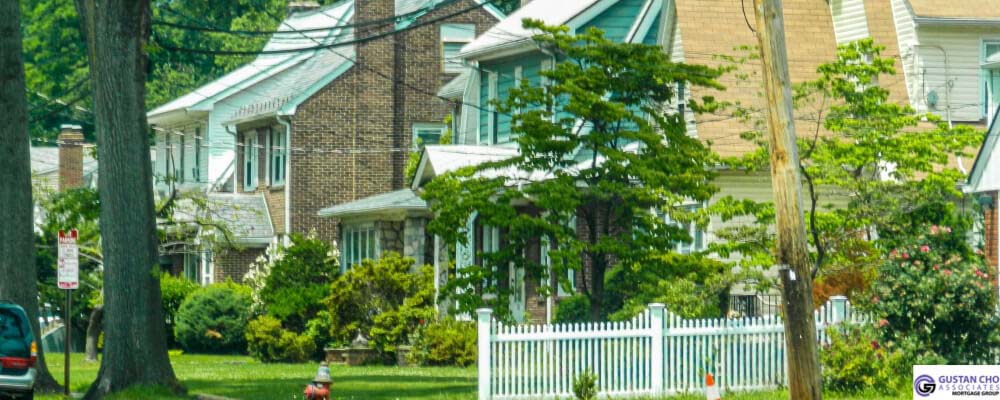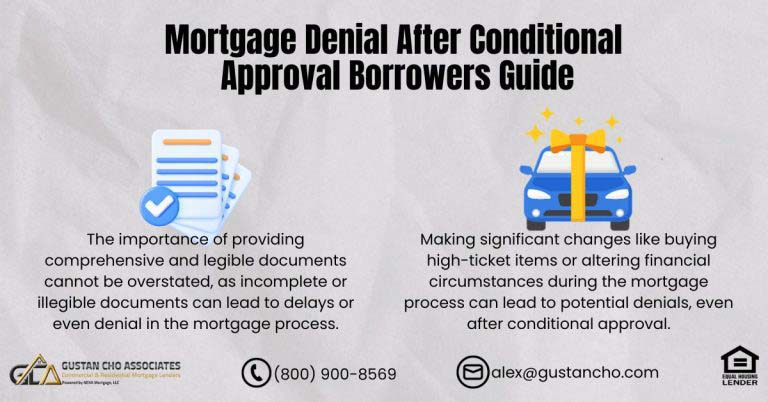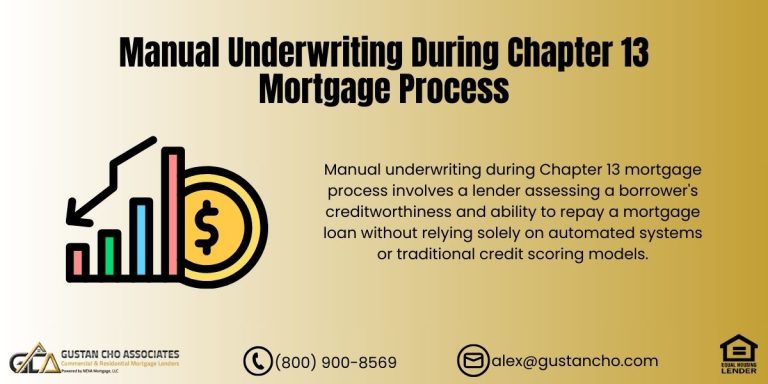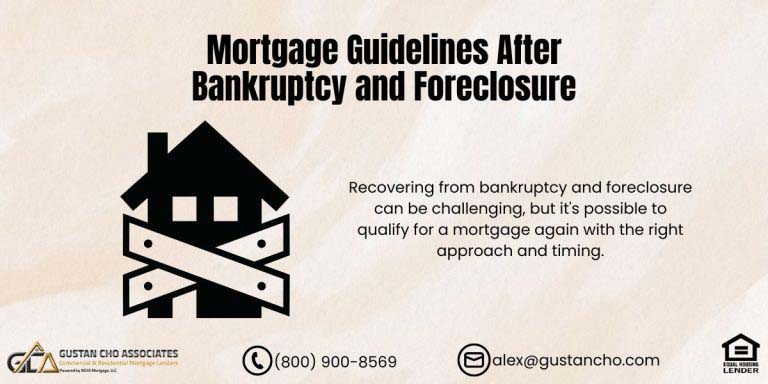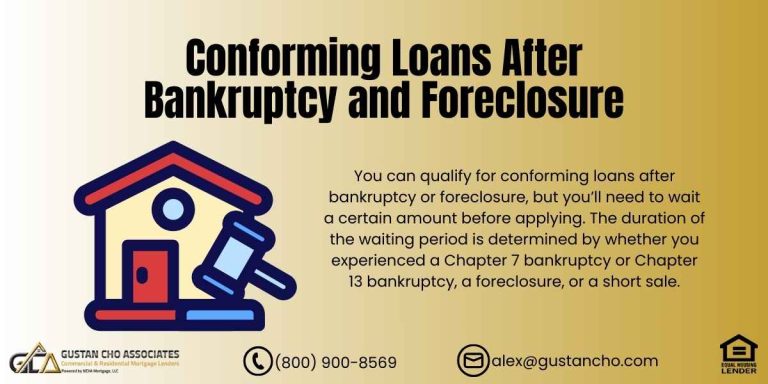Fannie Mae Guidelines on Second Homes: What You Need to Know in 2025
Thinking about buying a second home? Here’s what you need to know!
A second home can be a dream getaway, an investment in your future, or even a way to spend more time with loved ones. But before you start shopping for your vacation home or weekend retreat, you need to know how Fannie Mae guidelines on second homes affect your mortgage options.
In this guide, we’ll break down everything you need to know about second-home financing, including minimum down payments, credit score requirements, distance rules, and more.
We’ll also cover the latest 2025 updates so you can make the best decision when financing your second home. Let’s dive in!
What Is a Second Home?
A second home is a property that is not your primary residence but is still for your personal use for at least part of the year. Unlike investment properties, second homes cannot be rented full-time or used strictly as income-generating property.
Fannie Mae Guidelines on Second Homes in 2025
✅ Must be for personal use for most of the year
✅ Must be a one-unit property (no multi-family homes)
✅ Cannot be rented out full-time or used as an investment property
✅ Requires a minimum 10% down payment
✅ When you’re looking to buy a second home, the Fannie Mae guidelines on second homes say that you might need to have some extra savings set aside. This could depend on your credit score and debt-to-income ratio (DTI). If your credit score is low or you have a lot of debt compared to your income, they may require you to have reserves.
✅ Must meet Fannie Mae’s loan eligibility requirements
Own your dream vacation home with just 10% down!
See if you qualify under Fannie Mae’s second home guidelines—apply now!
How Fannie Mae Defines a Second Home vs. an Investment Property
When getting a loan for a second home, lenders pay close attention because the interest rates are usually lower than for investment properties. Mortgage underwriters stick to strict rules to ensure everything is above board. They want to avoid situations where buyers incorrectly label investment properties as second homes. This is where the Fannie Mae guidelines on second homes come into play, helping to keep things clear and fair for everyone involved.
How Underwriters Determine If a Home Qualifies as a Second Home
✔ Does the purchase make sense? A second home should be in an area where vacation or seasonal homes are common, such as beachfront areas, lake houses, or resort towns.
✔ Is the second home close to your primary residence? If it’s too close, underwriters may suspect it’s actually an investment property.
✔ Will you personally occupy the home? If you plan to rent it out full-time, it will likely be classified as an investment property, which has different mortgage requirements.
Example: If you live in Chicago, IL, and decide to buy a home in Naperville, IL, just 30 miles away, lenders might see that as an investment property. But if you buy a home in Lake Geneva, WI, a popular vacation spot, it’s more likely to be classified as a second home. According to Fannie Mae guidelines on second homes, they usually look at factors like how far away the property is from your primary home and how you plan to use it.
2025 Update: In 2025, there’s an important update regarding second homes. The old “100-mile rule” isn’t an official requirement anymore. This means you don’t have to worry about how far the second home is from your main home as long as the location still makes logical sense for personal use. Remember to keep Fannie Mae guidelines on second homes in mind when making your decision!
Second Home Mortgage Requirements for 2025
To qualify for a second home mortgage under Fannie Mae guidelines on second homes, you need to meet the following criteria:
1. Minimum Down Payment
✔ 10% minimum down payment required for second homes
✔ Larger down payments (15-20%) may help lower your interest rate
2. Credit Score Requirements
✔ 620 minimum credit score required for approval
✔ 740+ score gets the best interest rates
✔ If you have a lower credit score, you might have to pay extra fees when getting a loan. These are called Loan-Level Price Adjustments (LLPAs). Remembering the Fannie Mae guidelines on second homes is important, as they can affect what you pay. So, if you’re looking to buy a second home, understand how your credit score could impact your loan costs.
3. Debt-to-Income (DTI) Ratio
✔ Your total DTI (including your first and second home) must be below 45% in most cases
✔ If your DTI is too high, you may need to increase your down payment or find a way to boost your income
4. Reserve Requirements (2025 Update!)
✔ Fannie Mae now requires reserves for second homes, usually between 2-6 months of PITI (Principal, Interest, Taxes, and Insurance)
✔ Borrowers with higher DTIs or lower credit scores may need more reserves
Qualifying for a second home is easier than you think!
Check out Fannie Mae’s latest guidelines and start your application today!
Can You Rent Out a Second Home?
Yes—but with restrictions. When buying a second home, Fannie Mae guidelines on second homes have some rules to remember. You can’t rent it out all the time or use it just to make money. However, you can rent it out for short stays, like on Airbnb or VRBO, but only for part of the year.
💡 Tip: If your main goal is to make money from renting, it might be smarter to finance it as an investment property. This way, you can use the money you earn from renting to help qualify for your loan.
Mortgage Rates for Second Homes in 2025
When getting a mortgage for a second home, the rates are slightly higher than what you’d pay for your main home. However, they’re generally lower than the rates for investment properties. Suppose you’re considering buying a second home. In that case, it’s good to check the Fannie Mae guidelines on second homes to make sure you understand the requirements and options available to you.
Here’s How They Compare:
🏡 Primary Home Rate: Lowest rate available
🏝 Second Home Rate: 0.125% – 0.500% higher than primary home rates
🏢 Investment Property Rate: 1.0%+ higher than primary home rates
Pro Tip: You can get a better rate on your second home mortgage by: ✔ Increasing your down payment (15-20% instead of 10%)
✔ Having a credit score of 740+
✔ Keeping your DTI below 43%
Alternatives If You Don’t Qualify for a Second Home Loan
If you can’t qualify under Fannie Mae guidelines on second homes, here are some other options:
✔ Investment Property Loan: Requires 20-25% down but allows you to use rental income to qualify.
✔ Non-QM Loans: Alternative mortgage programs like bank statement loans for self-employed borrowers.
✔ Cash-Out Refinance: If you have equity in your primary home, you may be able to use a cash-out refi to fund your second home purchase.
Ready to Buy a Second Home? Let’s Get Started!
At Gustan Cho Associates, we focus on helping you get a loan for a second home without lender overlays. If you’re looking to buy a vacation spot, weekend getaway, or seasonal retreat, we’re here to help you find the right mortgage that fits your needs. We work within Fannie Mae guidelines on second homes to ensure you have the best options available.
📞 Call us today at 800-900-8569 to get started!
📩 Email us at alex@gustancho.com for expert recommendations.
📲 Apply online now and get pre-approved in minutes!
🔹 No lender overlays
🔹 Competitive second home rates
🔹 Fast & easy approval process
Final Thoughts
Understanding Fannie Mae guidelines on second homes is crucial if you plan to finance a vacation home. By meeting the right down payment, credit score, and DTI requirements, you can secure a great mortgage and start enjoying your second home sooner.
Let’s make your second home dream a reality! 🎉
Related> Can a second home purchase be a primary home?
Frequently Asked Questions About Fannie Mae Guidelines on Second Homes:
Q: What is a Second Home According to Fannie Mae Guidelines on Second Homes?
A: A second home is a property you personally use for part of the year but is not your primary residence. Unlike investment properties, it cannot be rented out full-time or used strictly to generate income.
Q: How Much Down Payment do I Need for a Second Home?
A: Fannie Mae guidelines on second homes require a minimum of 10% down. If you put 15-20% down, you may get a lower interest rate and better loan terms.
Q: Do I Need a Specific Credit Score to Qualify for a Second Home Loan?
A: Yes. You need at least a 620 credit score to qualify for a second home loan. However, a 740+ score will help you get the best mortgage rates.
Q: Can I Rent Out My Second Home to Help Cover the Mortgage?
A: Yes, but with restrictions. Fannie Mae guidelines on second homes do not allow full-time rentals. You can rent it short-term (Airbnb, VRBO, etc.) but must occupy it for part of the year.
Q: Do I Need Extra Savings to Qualify for a Second Home Mortgage?
A: Yes. Fannie Mae requires reserves (2-6 months of mortgage payments) depending on your credit score and debt-to-income ratio (DTI). You may need more reserves if you have lower credit or a high DTI.
6. Does My Second Home have to be Far From My Primary Home?
A: No. The old 100-mile rule is no longer required. However, underwriters will check if the second home makes sense for personal use (vacation area, resort town, waterfront property, etc.).
Q: What Debt-to-Income (DTI) Ratio do I Need for a Second Home Mortgage?
A: Most lenders follow Fannie Mae guidelines on second homes, which require your total DTI (including both mortgages) to be under 45%. If your DTI is too high, you may need to increase your income or down payment.
Q: How do Second Home Mortgage Rates Compare to Other Types of Loans?
A: Here’s how the rates compare:
- Primary Home Rates: Lowest rates
- Second Home Rates: 0.125% – 0.500% higher than primary home rates
- Investment Property Rates: 1%+ higher than primary home rates
Q: What if I Don’t Qualify for a Second Home Loan?
A: If you don’t qualify under Fannie Mae guidelines on second homes, you can consider:
✅Investment Property Loan – Requires 20-25% down but allows rental income to help qualify.
✅Non-QM Loans – Bank statement loans for self-employed borrowers.
✅Cash-Out Refinance – Tap into equity from your primary home to fund your second home purchase.
Q: How Can I Get Pre-Approved for a Second Home Mortgage?
A: You can get pre-approved with Gustan Cho Associates. This mortgage lender follows Fannie Mae guidelines on second homes with no overlays. Call 800-900-8569, email alex@gustancho.com, or apply online today! 🚀
This blog about “Fannie Mae Guidelines on Second Homes: What to Know” was updated on January 28th, 2025.
Not sure if your property qualifies as a second home?
We’ll help you navigate Fannie Mae’s rules—get expert guidance today


